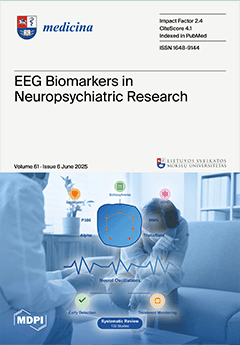Background and Objectives: This study explores the immunogenetic associations of human leukocyte antigens (HLAs) and cytokine levels in people living with HIV/AIDS (PLWH) who exhibit HIV-related skin disorders. HIV-related skin disorders, including inflammatory eruptions, atopic and seborrheic dermatitis, psoriasis, and pruritic papular eruption, are common among PLWH. These conditions may be influenced by genetic and immunological factors. This study aims to investigate the associations between HLA class II alleles, cytokine levels, and the presence of HIV-related dermatoses, providing insights into genetic susceptibility and immune mechanisms.
Materials and Methods: This study included 115 PLWH with HIV-related skin disorders and a control group of 80 healthy individuals. HLA allele frequencies were analyzed, and cytokine levels (IL-1β, IL-10, IFN-y) were measured in blood samples. Statistical analyses were performed to identify significant differences in allele frequencies and cytokine responses between the groups.
Results: Risk alleles (DQB1*0201:0301, OR = 19.4 and DQA1*0101:0501, OR = 4.2) and protective alleles (DRB1*07:13, OR = 0.19, DRB1*01:13, OR = 0.09, DRB1*04:11, OR = 0.07, and DQA1*0501:0501, OR = 0.24) showed statistically significant differences in frequency (
p < 0.05) between PLWH and healthy controls. The protective DQA1*0501:0501 allele was associated with elevated levels of IL-1β (
p < 0.001, r = 0.79) and IL-10 (
p = 0.010, r = 0.63). Increased IL-1β levels may enhance immune responses, while higher IL-10 levels may exert anti-inflammatory effects, potentially reducing susceptibility to HIV-related dermatoses. Regression analysis revealed that IL-1β (Exp(B) = 0.76,
p < 0.001) and IFN-γ (Exp(B) = 1.06,
p = 0.043) are significant predictors for the likelihood of developing HIV-related dermatoses. An increase in IL-1β levels reduced this likelihood by 24%, while an increase in IFN-γ levels increased it by 6%.
Conclusions: The findings emphasize the interaction between HLA class II alleles and cytokine profiles in determining genetic risk and clinical outcomes in PLWH with HIV-related skin disorders. Protective alleles, such as DQA1*0501:0501, may contribute to immune regulation, offering potential targets for therapeutic interventions in PLWH with dermatoses. Our results highlight the importance of IL-1β and IFN-γ as key modulators in the progression of HIV infection and the development of HIV-related dermatoses. Further research is needed to explore the mechanisms underlying these associations, particularly in the Latvian population, to inform targeted therapeutic strategies.
Full article






